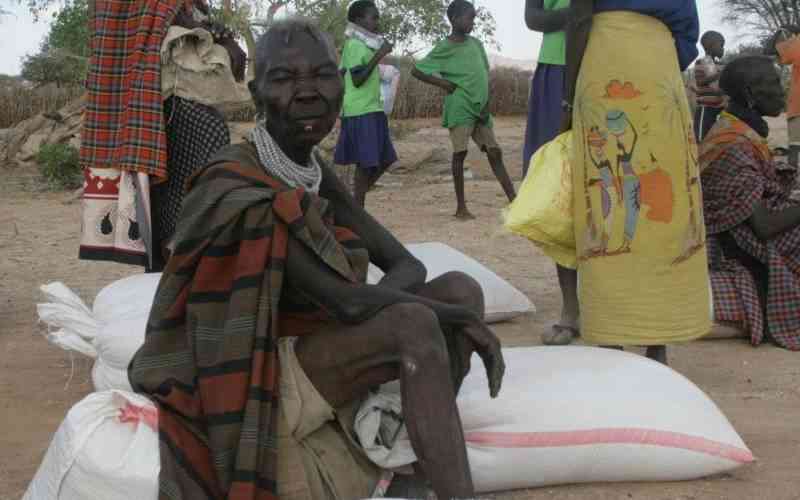×
The Standard e-Paper
Kenya's Bold Newspaper

A devastating drought is sweeping across the country with figures of the hungry on the rise. Late last week, reports indicated that the number of hungry Kenyans had crossed the five million mark. And although rain has started falling in parts of the country, farmers can only hold their breath that the skies shall stay open.
Across the country, food is in short supply. Across the world, we are witnessing the cruel reality and vagaries of climate change. The world is no longer the same.